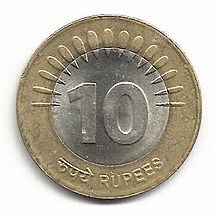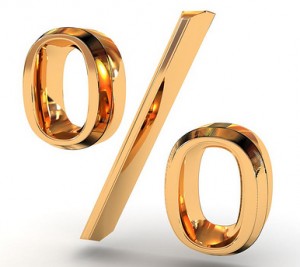 ‘
‘
It costs Rs 60 to cross the Bandra-Worli sealink in Mumbai. If you pay for this using a Rs 100 note, chances are you will get four Rs 10 coins in return, as change. These coins tend to make the wallet a little heavy, hence, whenever I order food, I tend to tip the delivery boy using these coins. At least, I used to do this, until very recently.
Whenever I tipped the delivery boy using Rs 10 coins, I got a weird look back. This happened multiple times, until I came up with an explanation for it. Coins just don’t feel like money earned. They feel more like small change. Paper notes feel more like money. And this I thought led to the weird look from the delivery boys.
Last week I was in Visakhapatnam and was simply roaming around the city, until I saw a paanipuri (also referred to as phuchka, golgappa etc., in different parts of the country) stall. I ordered one plate of paanipuri and handed over a Rs 10 coin to the stall owner. He refused to take it and asked me to give him a Rs 10 note.
While, people had refused to take torn notes before, nobody had ever refused a coin.
This was the first time. I got talking to the stall owner and tried telling him that the coin was issued by the government and there is no reason he should be refusing it.
He told me that many Rs 10 coins were nakli (counterfeited) and hence, people don’t take them. Anyway, I handed him a Rs 10 note and walked back to my hotel.
As I was walking back, I wondered, why would anyone in their right mind, take the risk of counterfeiting a Rs 10 coin. Given the risk involved, it just did not make any economic sense. If anyone wanted to counterfeit, it simply made sense to counterfeit the highest denomination note, which happens to be the Rs 2,000 note.
On the social media, I was told that many people believe that Rs 10 coins are counterfeited and hence, they refuse to accept it. It seems, the ministry of finance, which is in charge of minting coins, has introduced Rs 10 coins of different designs. Like there are Rs 10 coins with the rupee symbol as well as without the rupee symbol. This has created the confusion among people.
This also brings us to a more important point regarding fiat money. In an earlier era, money used to have a value on its own. Metals like gold, silver, copper and iron, were money at different points of time in history. So, were agri-commodities like rice, salt and tobacco. In fact, tobacco was money in large parts of United States, longer than gold was.
This started to change around the time of the First World War. Since then the world has gradually moved towards paper money, or a form of money which the government decrees as money, which includes coins as well. A Rs 10 coin has a value of Rs 10 because the government says so. If you were to melt it and sell the metal(s) it is made of, you will not end up recovering Rs 10.
But at the same time, the government decreeing a coin to have a value of Rs 10, is just not enough. People should also be ready to accept it.
As Charles Wheelan writes in Naked Economics—Undressing the Dismal Science: “Rational people refuse legal tender because they believe that it might not be accepted by someone else…The whole bizarre phenomenon underscores the fact that our faith in paper currency [coin in this particular case] is predicated on the faith that others place in the same paper.”
Hence, in order to restore this confidence it is important that the government and the Reserve Bank of India, communicate regularly on this issue, and tell the people that all is well with the Rs 10 coin.
The column originally appeared in the Bangalore Mirror on October 18, 2017.



